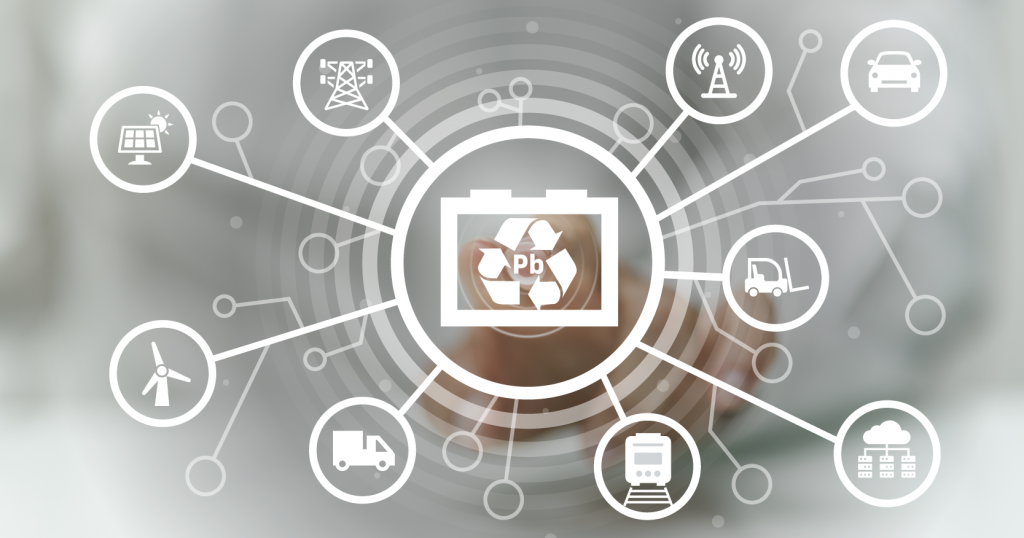What is the future of lead batteries? And is Stryten betting its future on lead or lithium? The ever-increasing availability of new battery technologies on the market often raises those two critical questions.
As for the question of the future of lead batteries, lead will continue to play a critical role in powering vehicles, markets and industries. Some in the industry have looked at newer technologies as a potential replacement for lead batteries, but we believe multiple battery technologies are needed to meet the growing demand for energy storage solutions. The trends and facts below provide plenty of reasons not to overlook lead when planning for the next century of innovations.
In response to the second question, Stryten’s approach will always be focused on our customers. Our first priority is to identify each customer’s need, and then find the best solution for that need, regardless of technology. We are not betting our future on any one solution. Instead, we believe the future will involve great battery technology, which will include multiple solutions, depending on customer needs.

What is the future of lead batteries? Has lead reached its limit in the battery technology battle? The International Energy Agency (IEA) predicts global renewable power capacity requirements will rise 50 percent in the next five years and will require all battery chemistries, including lead and lithium, to provide reliable energy storage to meet increased demand. While lithium is growing its market share and has dominated the overall share of investment in research and development, interest and progress in lead research projects is growing. Industry experts believe lead battery technology can be improved in performance areas such as cycle life and dynamic charge acceptance, which are critical to developing the innovative batteries needed for the future. When it comes to battery technologies that will shape the future, lead definitely won’t be left behind.
By John Miller, Senior Director of Product Engineering, Stryten Energy

Leading the way to renewed and renewable energy.
Copyright 2024 Stryten Energy. All rights reserved.